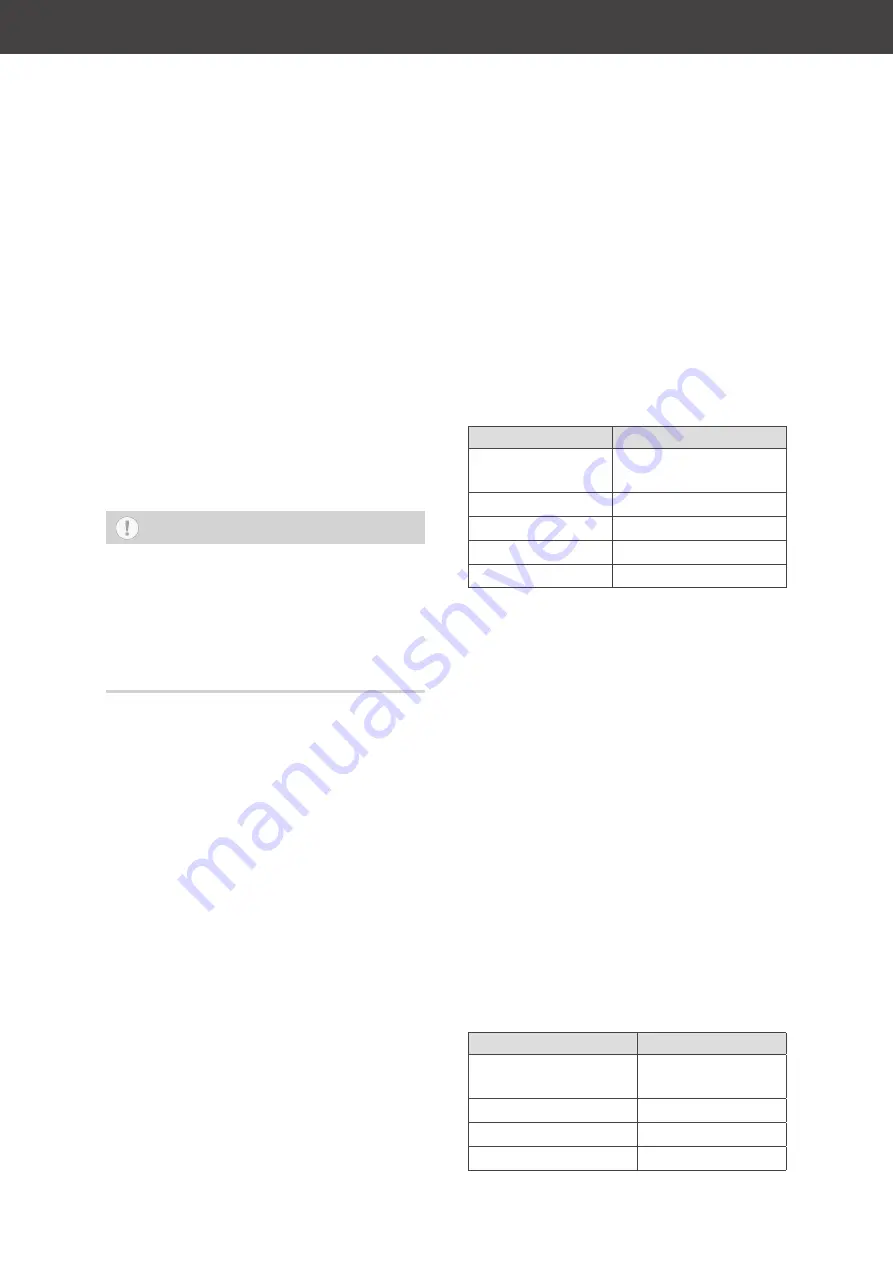
Storing bottles
Page EN-15
• Make sure to move the wine as little as
possible during storage. Frequently mov-
ing the wine around can lead to rapid
ageing.
• Ensure that the wine is kept as far away
as possible from light and stored in the
dark.
• Do not turn the LED light (7) on frequent-
ly. Exposure to light can affect the taste of
wine.
Maximum storage capacity
NOTICE
Risk of damage!
Damage may be caused to the appli-
ance by placing too much weight on
the bottle shelves.
■
The maximum load of 22 bottles per
shelf must not be exceeded.
The appliance is designed to only hold a cer-
tain number of bottles, the so-called nominal
capacity (see “Intended use” on page EN-4).
• Do not store more than the maximum
number of bottles specified.
Maintaining quality
Storage temperature
The optimum storage temperature varies de-
pending on the type of wine, due to the fact
that wines have different shelf lives and age
differently. A temperature setting that is too
high or too low can reduce the shelf life of
your wine. This leads to greater food waste.
Wine
Storage temperature
Semi-sparkling
wine
+6 °C to +10 °C
Sparkling wine
+10 °C
White wine
+10 °C to +12 °C
Red wine
+12 °C to +14 °C
Rosé wine
+12 °C to +16 °C
• Avoid strong and frequent variations in
temperature.
• Ensure that there is enough space be-
tween the bottles to promote the circula-
tion of air inside the appliance.
• The appliance’s interior temperatures can
increase and lead to increased energy
consumption
– if the glass door is opened frequently or
for a prolonged period.
– if the temperature falls below or exceeds
the prescribed interior temperature.
– if a large number of bottles is put into
storage at once.
– if the appliance’s nominal capacity is ex-
ceeded.
Storage period
The storage periods of wines differs and is
dependent on many factors. Use the follow-
ing storage periods as a general guideline:
Wine
Storage period
Rosé wine, light red
wine
1 to 2 years
White wine
3 to 5 years
Red wine
approx. 6 years
Very sweet wines
+15 years
















































